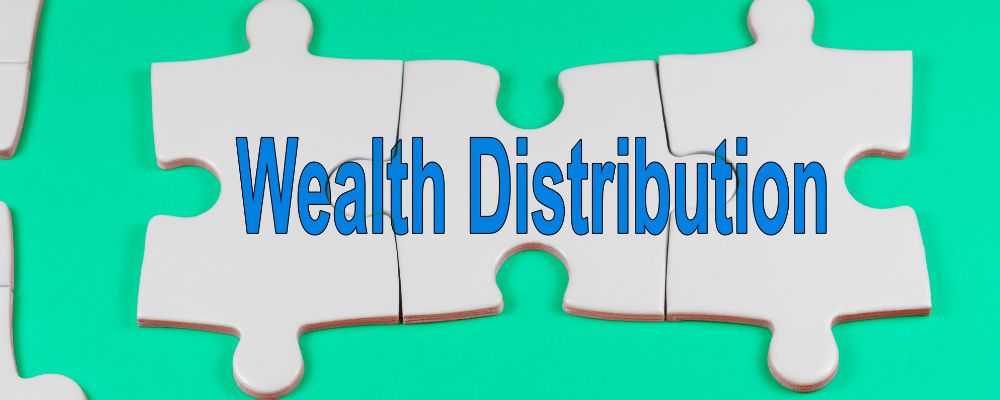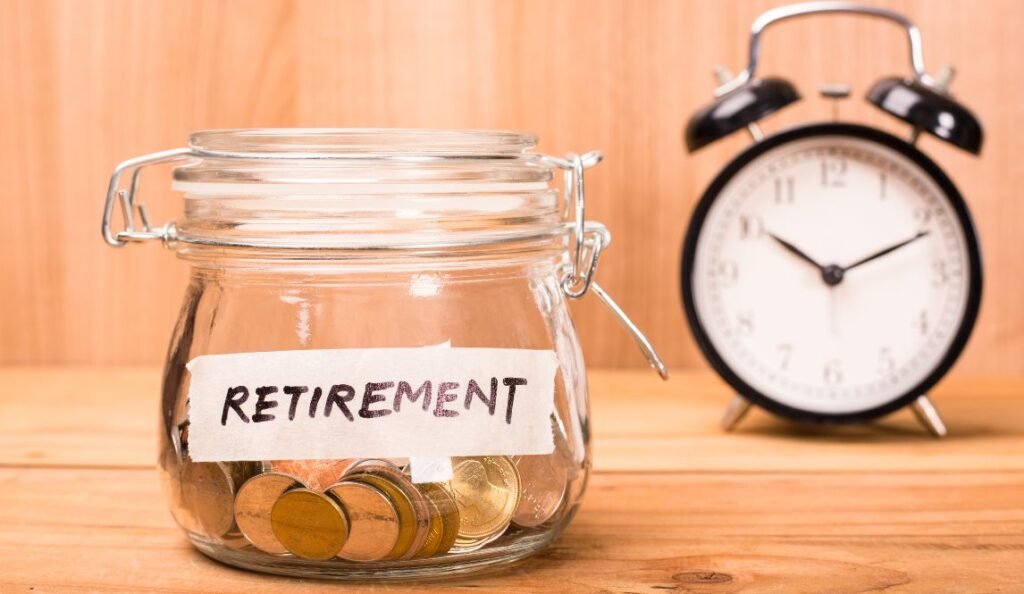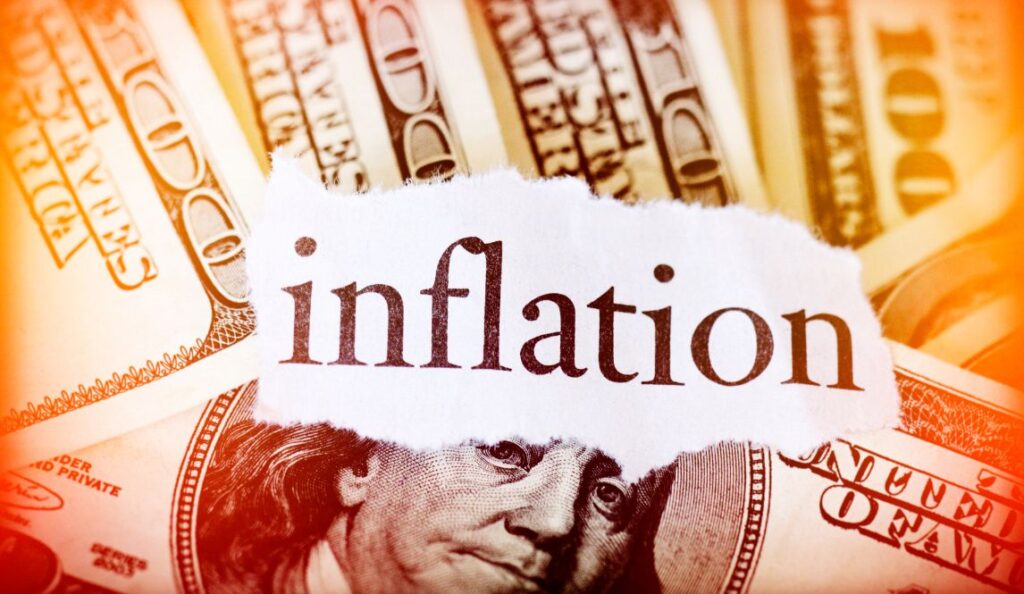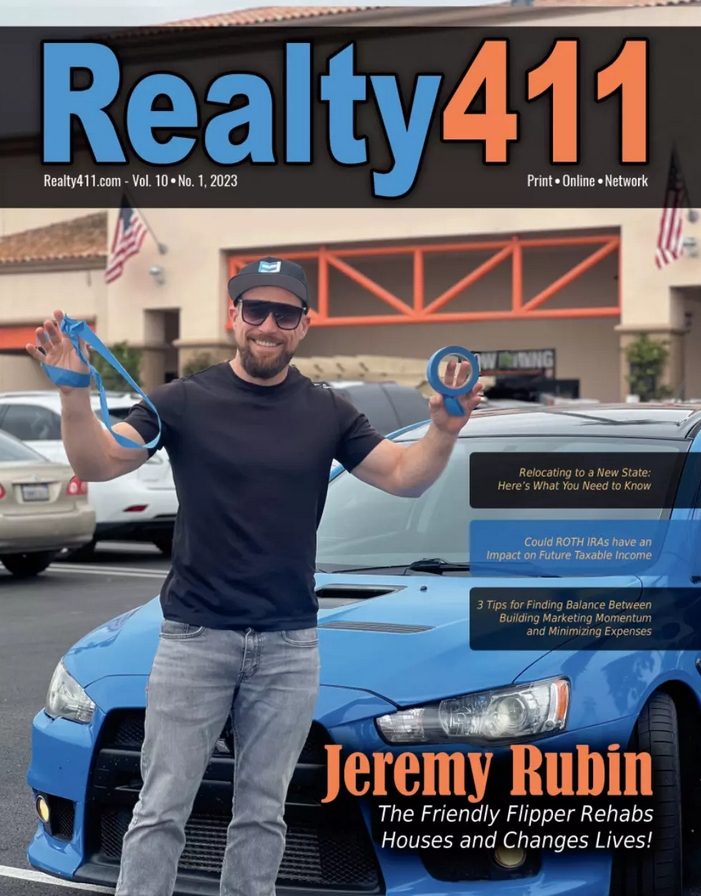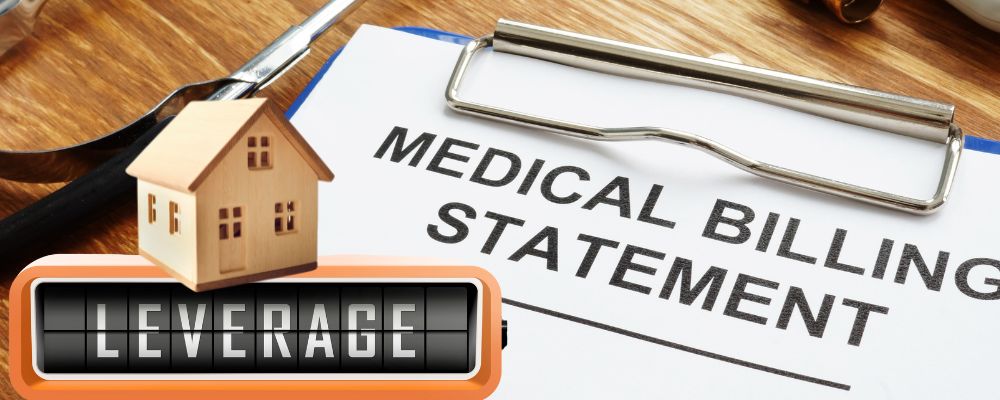
By Rick Tobin
The greatest form of wealth is happiness and good health, from my perspective. If you live a shortened life due to significant health challenges, it really doesn’t matter whether you’re rich or poor if you’re not around to spend the money on yourself or share with your loved ones.
Unless you’re a billionaire, the odds are quite high for the typical homeowner that the bulk of their net worth created during their lifetime originated from the equity built up in their primary home after years or decades of mortgage payments.
What’s interesting to me is that the average U.S. home seller in 2024 was 63 years of age. If many of these home sellers purchased their home using a 30-year fixed rate mortgage and did not accelerate the mortgage payoffs with bi-weekly payments and/or extra principal paydowns, then many sellers first bought the home 30 years earlier in 1994 at the age of 33.
article continues after advertisement
I’m sure that a high percentage of these home sellers did not want to sell their homes at the average age of 63 last year in 2024. They either needed to downsize their living space after their family members moved out years or decades earlier, or they couldn’t afford to continue paying rising insurance, property tax, credit card, student loans for themselves or their children or grandchildren, and/or medical bills.
Another motivating factor for some of these home sellers is that they wanted to take their equity gain and share it with loved ones after selling the home and moving to a smaller property. However, there are still ways to stay in a home of any size and later transfer the equity gains to the family heirs by way of family trusts, family limited partnerships, and other entities suggested by their trusted advisors and reverse mortgage solutions.
Medical Dependence and Skyrocketing Costs

Real estate creates the bulk of wealth for most Americans that were likely purchased earlier in life and medical bills later in life can wipe out most or all of the same wealth, tragically.
The U.S., with just 4.5% of the world’s population, consumes 2/3rds, or a rather devilish 66.6%, of all pharmaceuticals on the planet.
The #1 cause of financial insolvency here in the U.S. is directly related to unpaid medical bills. This is in spite of more than 70% of these same people having medical insurance coverage at the time that wasn’t sufficient enough to cover all of the medical debt.
According to the Centers for Disease Control and Prevention (CDC), almost 60% of American adults have at least one chronic disease such as cancer, diabetes, heart disease, stroke, dementia and other neurological challenges, and obesity. Sadly, a high percentage of young children and teenagers also battle one or more chronic disease symptoms.

The medical treatment costs for some of these almost lifelong health challenges can run anywhere between several hundred thousand to a few million dollars over years or decades. For example, some memory care assisted living facilities with 24-hour services can cost between $10,000 and $20,000+ per month, depending on the healthcare provider and state location, as per CareScout.
The other major financial anchor holding back many households today is ongoing student loan debt for either the main homeowner or he or she acted as a co-signer on a student loan for a child or grandchild. Almost 43 million Americans owe an outstanding balance of $1.777 trillion in federal student loans as of the end of 2024, as per USA Today.
The combination of all-time record credit card balances now surpassing $1.2 trillion dollars along with medical, student, mortgage, and other consumer loan debt is quite stressful for millions of families across our nation.
article continues after advertisement
All-Time Record Tappable Equity
American mortgage holders now have access to a staggering $11 trillion in tappable equity that’s over and above their existing mortgage balances, according to the May 2024 Mortgage Monitor report from the Intercontinental Exchange (ICE).
The amount of residential property equity is so massive that if all 48 million homeowners spent $10 million of their tappable equity each day, it would take more than 3,000 years to exhaust it, as per ICE. This amount of residential equity available is more money than the Gross Domestic Product (GDP) of Japan, India, and the United Kingdom combined.
The same ICE report identified just five housing markets on the West Coast that represented a quarter of that $11 trillion equity number: Los Angeles, San Francisco, San Jose, San Diego, and Seattle.
Housing Wealth and Home Care for Older Residents

Let’s take a closer look at health, wealth, and medical trends for Americans:
● U.S. homeowners over 62 years of age had $14 trillion in housing wealth as of Q2 2024.
● Social Security, Medicare, pensions, and investments are no longer sufficient enough for many people to cover rising monthly debts that especially includes skyrocketing medical costs (#1 cause of bankruptcy).
● Just 14% of American seniors, or fewer in pricier regions, can afford home care, as per Joint Center for Housing Studies, Harvard University.
● Over 40% of Americans aged 65+ live alone, and this percentage number increases after the age of 80.
● 70% of people aged 65+ will need long-term care services, according to the U.S. Department of Health and Human Services.
● Fewer Americans can afford personal home care as costs have risen 20% to 40% since 2021.
● Some in-home care plans are now $5,000 to $10,000 per month and living facility care plans may reach $10,000 to $20,000 per month.
● Nearly 1-in-3 people have left their jobs to help ailing family members with lost wages possibly hitting $147 billion by 2050.
● Today, there are over 50 million family caregivers.
● Only 3% to 4% of Americans aged 50+ pay for a long-term care policy, as per LIMRA (Life Insurance Marketing and Research Association).
● For most homeowners, the equity in their primary home represents the bulk of their untapped wealth.
● Tapping into the tax-free home equity by way of a reverse mortgage strengthens clients’ abilities to possibly retire more comfortably, reduce financial burdens on families, and increase future wealth transfers.
Baby Boomers & Reverse Mortgage Solutions
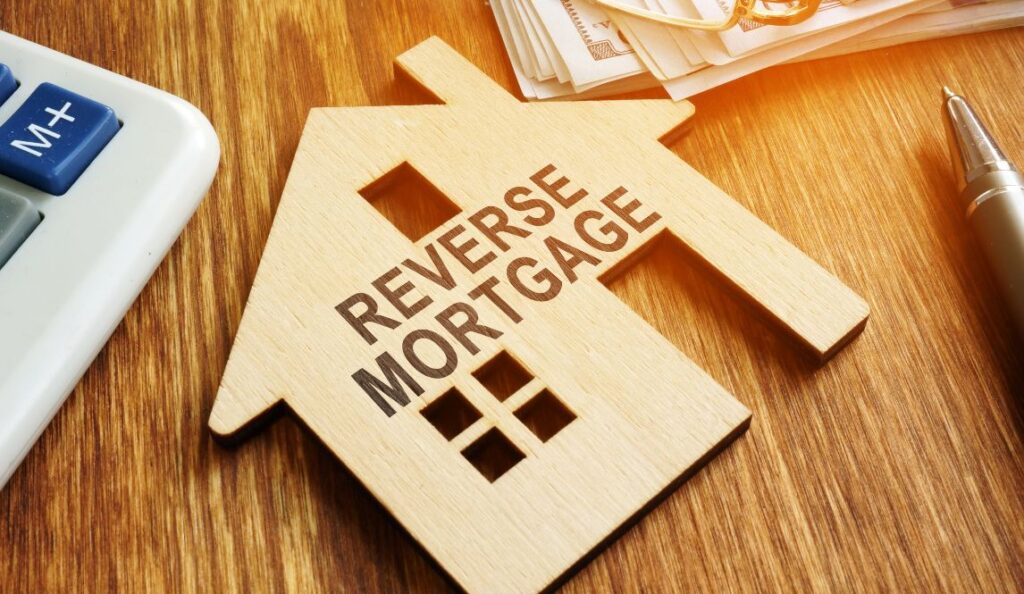
Baby Boomers (born between 1946 and 1964) hold the highest percentage of real estate wealth today. Let’s review this generational group’s latest trends and ways to tap into their home equity:
● 12,000 Baby Boomers (born: ‘46-’64) per day surpass the age of 65.
● In 2024, 25% of Americans were 60 years of age or older.
● The average home seller in 2024 was 63 and the average buyer was 56.
● By 2030, 100 million Americans will be 65 years old.
● 10,000 Boomers retire daily. 8% to 10% of them own small businesses that could be purchased by you at discounts for quick cash.
● There’s upwards of $11 trillion in tappable home equity available for reverse mortgage prospects using these loan guidelines.
● Only one of the borrowers on the application needs to be 62.
● An individual or a trust may be allowed to be the borrower.
● Home is still owned by the borrower, not the lender, and can later be sold.
● There are no monthly mortgage payments required.
● The homeowner must pay their property taxes, insurance, HOA payments (if applicable), and maintain the property.
● Borrowers can receive a large lump sum at closing and future payments are paid directly to them each month.
● This is considered a loan and not additional income, as per the IRS. It does not reduce Social Security or Medicare benefits.
● Lower FICO scores and income considered for easier qualification.
Income-Producing Assets & Insurance Safety Nets

It’s not uncommon for wealthier families to have large amounts of medical and life insurance protection plans in place as their figurative “safety nets” in the event of an unexpected medical emergency or death of a key patriarch or matriarch in their family.
These insurance plans help protect family wealth so that it can later be passed on to loved ones instead of exhausted it on medical bills with no insurance protection to cover these staggering bills that can reach hundreds of thousands of dollars or more.
Let’s now compare the Top 0.1% (1/10th of 1%) to the Bottom 50% of Americans by their income and asset holdings as of Q1 2025:
The richest 0.1% (134,000 households) own $11 trillion in equities or stocks, which is their largest asset class. This is worth more than the total combined wealth assets of the bottom 50% (66.6 million households), as per Visual Capitalist.
The Top 0.1% control the bulk of stocks or equities at $11 trillion as compared with the Bottom 50% households’ $0.5 trillion or $500 billion in stock ownership.
Key points: The bottom 50% households’ largest category of wealth is held in real estate and amounts to $4.9 trillion combined as compared with the Top 0.1% households’ $2 trillion combined amount held in real estate.
Visualizing Wealth Distribution In America (1990 to 2023)
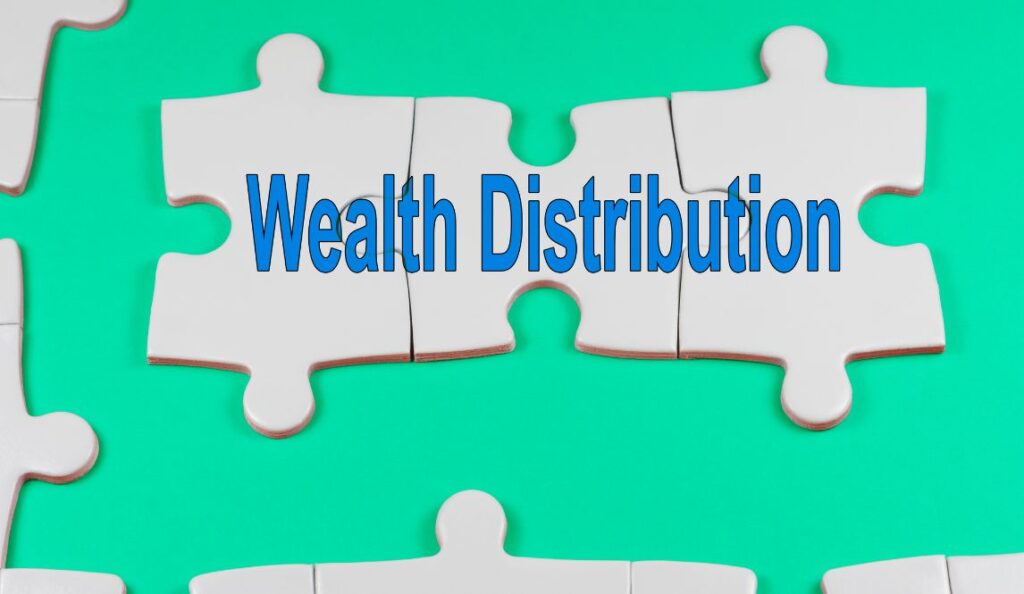
Wealth distribution has become increasingly concentrated in the hands of fewer people since 1990. Overall, the top 10% of wealthiest Americans own more than the bottom 90% combined, with more than $95 trillion in wealth for the top 10%, according to the Federal Reserve and Visual Capitalist.
In 2024, the share of wealth held by the richest 0.1% is near its peak with a minimum of $38 million in wealth in just 131,000 households. With $20 trillion in wealth, the top 0.1% earn an average of $3.3 million in income each year. The greatest share of the wealth owned by the top 0.1% is held in stocks and mutual funds.
Households in the lower-middle and middle classes as found in the 50% to 90% income and asset brackets are claimed to have a minimum of $165,000 in wealth held primarily in real estate, followed by pension and retirement funds.
Keep Real Estate Wealth in Your Family Tree

Unless you’re in the Top 0.1%, the odds are quite high that the bulk of your wealth is concentrated in real estate if you’re fortunate enough to own now.
The average American today still owns and controls the bulk of residential real estate. We must continue moving forward to maintain this control of residential properties so that the multi-billion dollar corporations don’t pick up larger shares of properties that form the foundation for the creation of generational wealth and the American Dream for so many people today.
Today, it’s advisable to have the right mix of real estate, mortgages, and insurance to create, maintain, and protect your wealth. We must also stay focused on reducing monthly expenses that can erode wealth on a daily compounding basis.
If you’d like to learn more details about how my team and I can assist you with protecting and increasing the size of your family’s assets and reducing your overall monthly expenses, please reach out to me today for assistance.
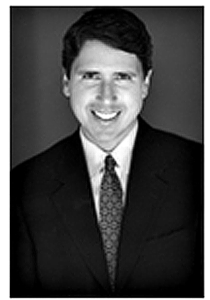
Rick Tobin
Rick Tobin has worked in the real estate, financial, investment, and writing fields for the past 30+ years. He’s held eight (8) different real estate, securities, and mortgage brokerage licenses to date and is a graduate of the University of Southern California. He provides creative residential and commercial mortgage solutions for clients across the nation. He’s also written college textbooks and real estate licensing courses in most states for the two largest real estate publishers in the nation; the oldest real estate school in California; and the first online real estate school in California. Please visit his website at Realloans.com for financing options and his new investment group at So-Cal Real Estate Investors for more details.
Learn live and in real-time with Realty411. Be sure to register for our next virtual and in-person events. For all the details, please visit Realty411.com or our Eventbrite landing page, CLICK HERE.


